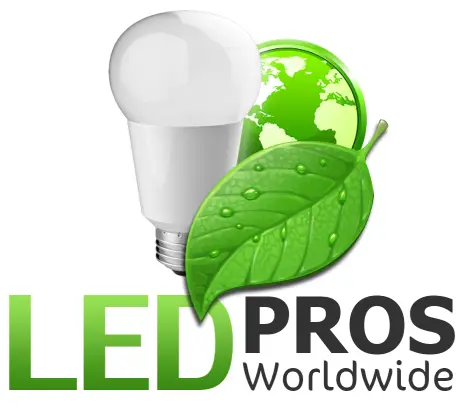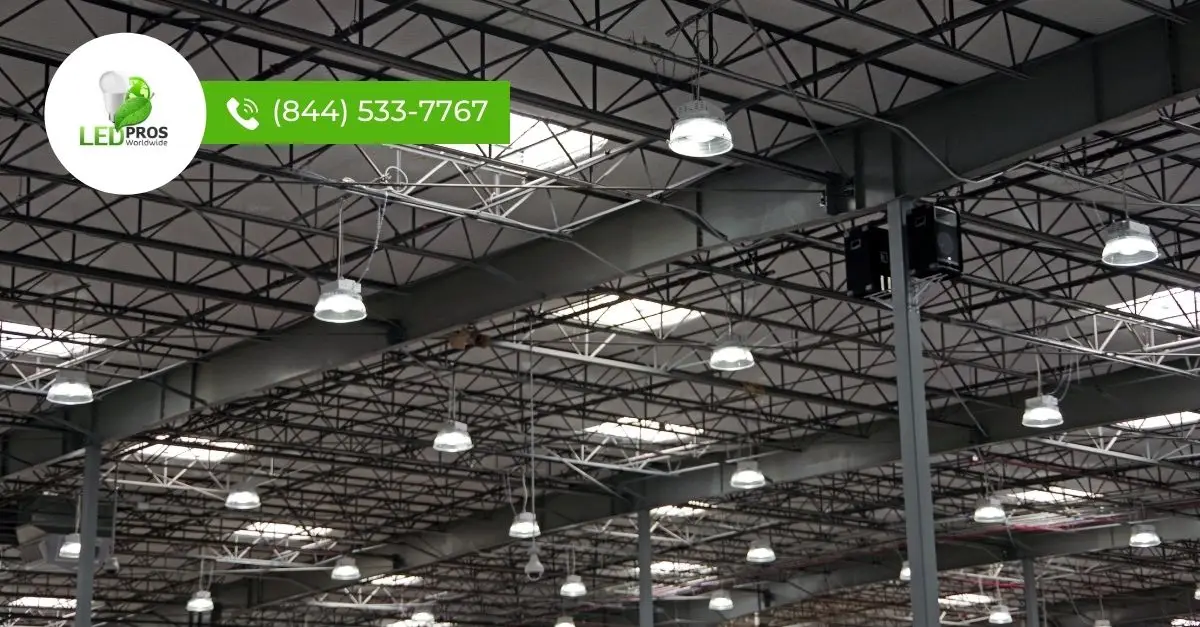In the ever-evolving world of lighting technology, businesses and households are constantly seeking ways to improve energy efficiency and reduce costs. One solution that has gained attention is the induction lighting retrofit. But what exactly is an induction lighting retrofit, and how does it stack up against the popular LED lighting? Let’s shed some light on the subject!
What is an Induction Lighting Retrofit?
An induction lighting retrofit involves replacing your existing lighting system with induction light fixtures. It’s a process similar to upgrading to LED lights, but with a different type of bulb. Induction lighting uses electromagnetic fields to stimulate gas molecules, producing a bright and efficient light source. Read more about Commercial Applications of Induction Flood Lights here.
The Retrofit Process
1. Assess your current lighting system and determine the necessary changes.
2. Replace existing light fittings to accommodate induction bulbs.
3. Purchase and install induction bulbs in the appropriate locations.
While installing the bulbs themselves isn’t too complicated, proper placement is crucial to maximize their effectiveness and avoid potential hazards.
Induction Lighting vs. LED: A Comparison
When considering an induction lighting retrofit, it’s natural to wonder how it compares to the widely popular LED lighting. Here’s a breakdown:
Similarities
– Both require replacing existing light fittings.
– Installation process is relatively straightforward.
– Offer significant energy savings compared to traditional lighting.
Differences
– Longevity: Induction lights can last up to 100,000 hours, while LED lights typically last around 50,000 hours.
– Efficiency: LED lights are more energy-efficient and environmentally friendly than induction lights.
– Cost: LED lights are generally more affordable than induction lights.
Induction Lighting of the Past
Induction lighting has been around for decades, but it has often been overshadowed by other technologies. However, advancements in induction lighting have made it a viable option for certain applications, particularly in industrial settings where long-lasting bulbs are a priority.
LED Lights: The Future of Lighting
Despite the benefits of induction lighting, LED lights remain the frontrunner in the lighting industry. Their unparalleled energy efficiency, affordability, and versatility make them the go-to choice for most residential and commercial applications. Read more about The Ultimate Industrial Lighting Guide: Illuminating Your Workspace for Optimal Productivity here.
Benefits of LED Lighting
– Significant energy savings
– Long lifespan (up to 50,000 hours)
– Eco-friendly and recyclable
– Versatile applications
– Instant on/off functionality
|
|
FAQs
1. Q: Can I retrofit my existing light fixtures with induction bulbs?
A: Yes, but you may need to replace the light fittings to accommodate induction bulbs.
2. Q: How long do induction lights last compared to LED lights?
A: Induction lights can last up to 100,000 hours, while LED lights typically last around 50,000 hours.
3. Q: Are induction lights more energy-efficient than LED lights?
A: No, LED lights are generally more energy-efficient and environmentally friendly than induction lights.
The Evolution of Lighting Technology: From Induction to the Future
Lighting technology has come a long way since the advent of induction lighting. While induction lights have their place in specific applications, other technologies have emerged and evolved to meet the growing demands for energy efficiency, longevity, and versatility.
Fluorescent Lighting: A Step Forward
Fluorescent lighting has been a popular choice for many years, particularly in commercial and institutional settings. These lights work by exciting mercury vapor, which produces ultraviolet light that is then converted into visible light by a phosphor coating. Fluorescent lights are more energy-efficient than traditional incandescent bulbs and have a longer lifespan, making them a cost-effective option.
HID Lighting: High-Intensity Illumination
High-Intensity Discharge (HID) lighting is another technology that has found its niche in various applications. HID lights produce an intense, bright light by passing an electric current through a gas-filled tube. There are several types of HID lights, including metal halide, high-pressure sodium, and mercury vapor. These lights are commonly used in outdoor settings, such as streetlights, stadiums, and parking lots, due to their high lumen output and efficiency.
LED Lighting: The Current Frontrunner
Light Emitting Diode (LED) technology has revolutionized the lighting industry in recent years. LEDs are highly energy-efficient, long-lasting, and versatile, making them the preferred choice for a wide range of applications. They work by passing an electric current through a semiconductor material, which emits light. LED lights come in various shapes, sizes, and color temperatures, allowing for customizable lighting solutions. The affordability and eco-friendliness of LED lights have contributed to their widespread adoption.
The Next Frontier: Smart Lighting and Beyond
As we look to the future, the next generation of lighting technology is already on the horizon. Smart lighting systems, which integrate LED technology with the Internet of Things (IoT), are becoming increasingly popular. These systems allow for remote control, automation, and customization of lighting through mobile apps and voice assistants. Smart lighting can adapt to user preferences, occupancy, and even natural light levels, further optimizing energy efficiency and user comfort.
Moreover, researchers are exploring new materials and technologies that could push the boundaries of lighting even further. Organic LEDs (OLEDs), which use organic compounds to produce light, offer the potential for flexible, thin, and transparent lighting panels. Quantum dot technology, which harnesses the properties of nanoscale semiconductor crystals, could enable highly efficient and color-precise lighting solutions.
As we continue to prioritize energy efficiency, sustainability, and user experience, the future of lighting looks brighter than ever. By embracing innovative technologies and smart solutions, we can create lighting environments that are not only functional but also adaptable, personalized, and environmentally friendly. The evolution of lighting technology, from induction to LEDs and beyond, demonstrates our ongoing quest to illuminate our world in the most efficient and effective ways possible. Read more about A Guide To The Different Lighting Technologies and Solutions here.
Conclusion
An induction lighting retrofit offers a unique solution for those seeking long-lasting, efficient lighting. While it may not be as widely adopted as LED lighting, it has its place in specific applications where bulb longevity is a top priority. However, for most residential and commercial settings, LED lights remain the preferred choice due to their energy efficiency, affordability, and versatility. As lighting technology continues to advance, it’s essential to weigh the pros and cons of each option to determine the best fit for your needs. Regardless of the path you choose, upgrading to more efficient lighting is a bright idea that can lead to significant energy savings and a reduced environmental impact.
Your message has been sent

